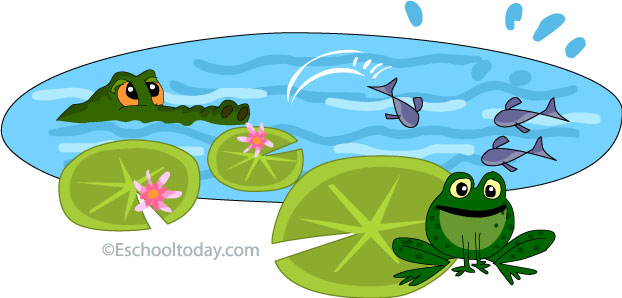- Needs of living things
Living things need water
In the most basic way, our bodies make up of about 70% water. It is the medium in which all our cell’s biochemical activity occurs.
Water is needed in many other ways and quantities by living things. Water may be consumed by living things or may also be a habitat for them. Animals that use water as their habitat or home are called aquatic animals. Sometimes, there are many nutrients or chemical compounds dissolved in water, and the concentrations often decide which animals can live them. For example, some fish like herrings live in salty sea waters, while tilapia and salmon live in freshwater with very little or no salt concentrations.

Plants:
Plants need enough hydration to carry out photosynthesis. They get the water they need from the soil through their roots. The water in plants carries nutrients to other parts of the plant. Some plants, such as the water lily, need a lot of water, while desert cacti can go for months without water. Water keeps the plant firm and upright (turgid). They go flaccid when they go without water, and soon they die.
Some plants, such as seaweed and algae, absorb carbon dioxide dissolved in water.
Animals:
Animals also need water to carry out cell activity. Some animals drink water regularly to keep hydrated, digest food, and build body fluids. Some fish need saltwater while others need fresh water. Many kinds of fish, such as clams and trout get oxygen from water.
Some animals have water as their habitat. Others such as frogs and turtles need water to lay eggs and reproduce. The anaconda snakes, together with many reptiles live in water. Freshwater often carries lots of dissolved nutrients that aquatic organisms depend on. Without water, they will not survive
